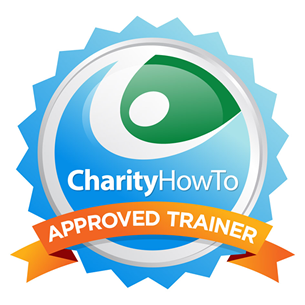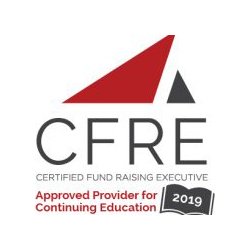Often, groups wonder, on what should I focus most throughout my annual fund?
Over the years, I have determined the most critical factors for ensuring that a development program is not only healthy but thriving.
The health of a development program is determined by:
Growth in revenues
An organization should always be keeping its eye on the bottom line growth in revenues, especially in comparison to the Giving USA benchmarks that are released annually. Your organization should be keeping pace with the overall trends found in the report.
In addition to overall revenue, organizations should also benchmark themselves against other key giving indicators as found in the Giving USA report; individual, foundations and corporate giving, and bequests, for example. Is your organization keeping up with the national standards? Other, crucial comparable reporting tools should also be used. In addition to Giving USA, there is also the Fundraising Effectiveness Project (FEP) and giving for small shops, among others.
Number of new donors acquired
Since donor bases naturally attrite each year by somewhere near 10% – through death, address changes, and donors choosing not to give – it is always essential to continue to prospect for, and acquire, new donors. Keeping tabs on how your organization is doing towards obtaining new donors is critical towards this aim. Is your organization bringing in enough donors to compensate for the natural lack of donor attrition?
Number of donors upgrading
The number of donors upgrading is often the most neglected measurement that organizations measure. However, it is one of the most reliable indicators of increasing donor loyalty and commitment. An organization should monitor the number of donors who are upgrading their giving, giving at the same level, and even decreasing their giving. Lack of donor upgrades might be due to donors not having been asked in a more personalized way (in-person, via direct mail personalization, or telephone) to make an increase. The lack of donor upgrades may also be a result of uninspiring messaging or the connection of a donor with a possible mission interest area.
Number of donors retained
It is well known that donor retention rates are very low for the industry, especially when compared against for-profit companies. The nonprofit sector has an issue with its donor retention. On average, the national donor retention rate hovers around 48%. Year over year, an organization should monitor its donor retention rate to see whether or not it is increasing, staying the same, or even decreasing. It is important to integrate strong stewardship strategies by adopting a stewardship plan to continue to work towards building donor loyalty, especially for segments of donors such as first-time givers who are the hardest to convert to donors.
Number of gifts made per donor each year
While the above make up the three main components of the health and effectiveness of a development program, an organization should also be monitoring the number of donors who are only making one gift per year. This is not symptomatic of a healthy development program or one that demonstrates strong investment. Efforts need to be focused on increasing the number of gifts made per person per year.
And, here are some more resources you may want to check out:
https://developmentconsultingsolutions.com/upgrade-donors-giving-organization/
For a free 30-minute fundraising coaching session, or to learn more about our interim fundraising services, visit us here at www.hireacfre.com or book your fundraising coaching session at http://calendly.com/developmentconsultingsolutions/30min.











Leave a Reply
Want to join the discussion?Feel free to contribute!